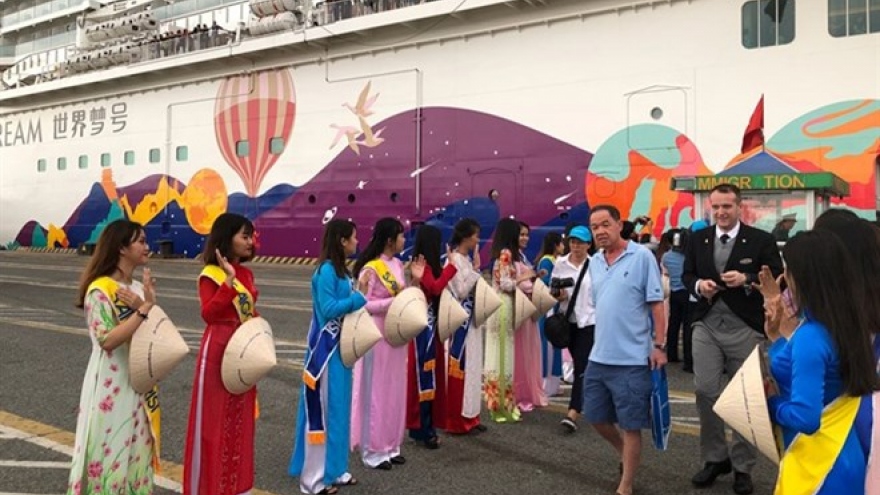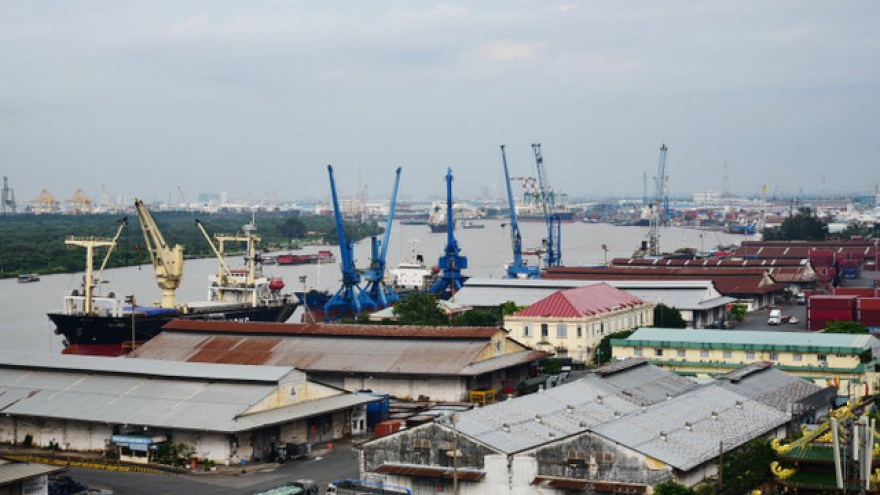Ports must make way for new phase
The Ministry of Transport has recently confirmed they will remove 10 ports along the Saigon River to areas further on the outskirts, a move which will likely create good opportunities for residential developers.
According to Trang Bui, head of Markets for JLL Vietnam, the removal of the Saigon River ports to areas further afield was necessary for the process of urbanisation. “Although Ho Chi Minh City is a port city, the ports must be located at a more reasonable distance from the city centre,” Trang said.
The removal will leave spaces which will be useful for urbanisation purposes.
“Many investors have been eyeing up those areas and I am sure that they will become part of the urban development of Ho Chi Minh City,” Trang told VIR.
According to Le Hoang Chau, chairman of the Ho Chi Minh City Real Estate Association, the land areas left after the ports’ removal will certainly be golden land for urban development projects.
“A project built along a river is ideal, the many projects that have already been built along the Saigon River are precious for both the city and the whole neighbouring region in general,” Chau said.
The potential is great, yet Chau confirmed that it will not be easy to gain the investing rights for those areas.
“Many of the plots have been assigned to investors already, whereas the rest are currently not public information,” Chau added.
Properties along the river are not a new phenomenon in Ho Chi Minh City, a vibrant city with many canals and small intersecting rivers.
Nguyen Anh Tuan, general director of Viet Gia Phu Real Estate Company, said that in order to be assigned land along canals and rivers, developers are offered ‘build-transfer’ projects.
These type of projects specify that the developers must improve the inner city canal system in order to be assigned a land plot along the Saigon River.
Meanwhile Ha Van Thien, director of Investment for Tran Anh Group, has noted that of the firm’s four Saigon River projects, all are achieving high liquidation.
“That is why our first priority is to find land parcels along rivers. Of course this task is difficult, but it is a worthy investment,” Thien said.
According to a source from the Ho Chi Minh City Architecture and Zoning Department, the removal of ports outside the city centre and the development of the two banks along the Saigon River aim to decentralise the current high-density population in Ho Chi Minh City’s central areas of districts 1 and 3.
Trang from JLL further added that the removal of those ports will have an impact on the current industrial parks on the outskirts of Ho Chi Minh City; districts in Nha Be and Binh Chanh will now be served by those ports.
“Industrial parks’ owners and their tenants will also have to consider their removal plans and prepare alternative logistics means for the relocation,” Trang added.
According to the Ministry of Transport (MoT), to facilitate urbanisation, a total of 10 ports located along the Saigon River will be removed.
Those affected include Ba Son shipping yard, Nha Rong-Khanh Hoi, Tan Thuan, Bong Sen, Bien Dong, Tan Thuan Dong and Ben Nghe ports, Logistic Development JSC, and ELF Saigon.
Tan Thuan Port, currently located in District 7, will be moved to Hiep Phuoc in Nha Be district in order to provide land area to build the fourth Thu Thiem Bridge.
Hiep Phuoc Port will become the main port of Ho Chi Minh City after 2020. The port can receive 4,000 tonne ships and serve neighbouring industrial clusters.
So far, both Tan Cang Sai Gon and Ba Son ports have already been removed. These areas were given to Vingroup to develop the Vinhomes Golden River and Vinhomes Centre Park projects – two major residential projects in the city.
Meanwhile, Nha Rong-Khanh Hoi Port will be removed before December 31 this year.
The land plot will be given to Fareast Pearl Urban Development Company to develop a multifunctional complex of high-rise buildings, a trading centre, apartments, villas, primary and secondary schools, a healthcare centre, and other infrastructure.
One of the vegetable-specialised port areas to be relocated from District 7 will now be occupied by the huge Mui Den Do project, invested in by Van Thinh Phat Group.
With its investment capital of US$6 billion, Van Thinh Phat is going to build a modern urban development area of 118 hectares called Saigon Peninsula.
The project will include a theme park, luxury riverfront villas, premium apartment complexes, office buildings, a hotel, a shopping centre, and an international cruise terminal.
It has teamed up with Malaysian developers Pavilion and Genting Group to implement this mammoth project.
The southeastern Vietnam group of ports consist of those in Ho Chi Minh City, Dong Nai, Vung Tau, and Binh Duong provinces.
According to MoT, by 2020, the total cargo transported through this southeastern group of ports will be more than 238 million tonnes.
This number is projected to reach 317 million tonnes by 2025 and 358 million by 2030.
In 2020, the above-mentioned group of ports is expected to serve more than 340,000 passengers per year, with the number expected to rise to 478,000 in 2025 and 705,000 in 2030.


